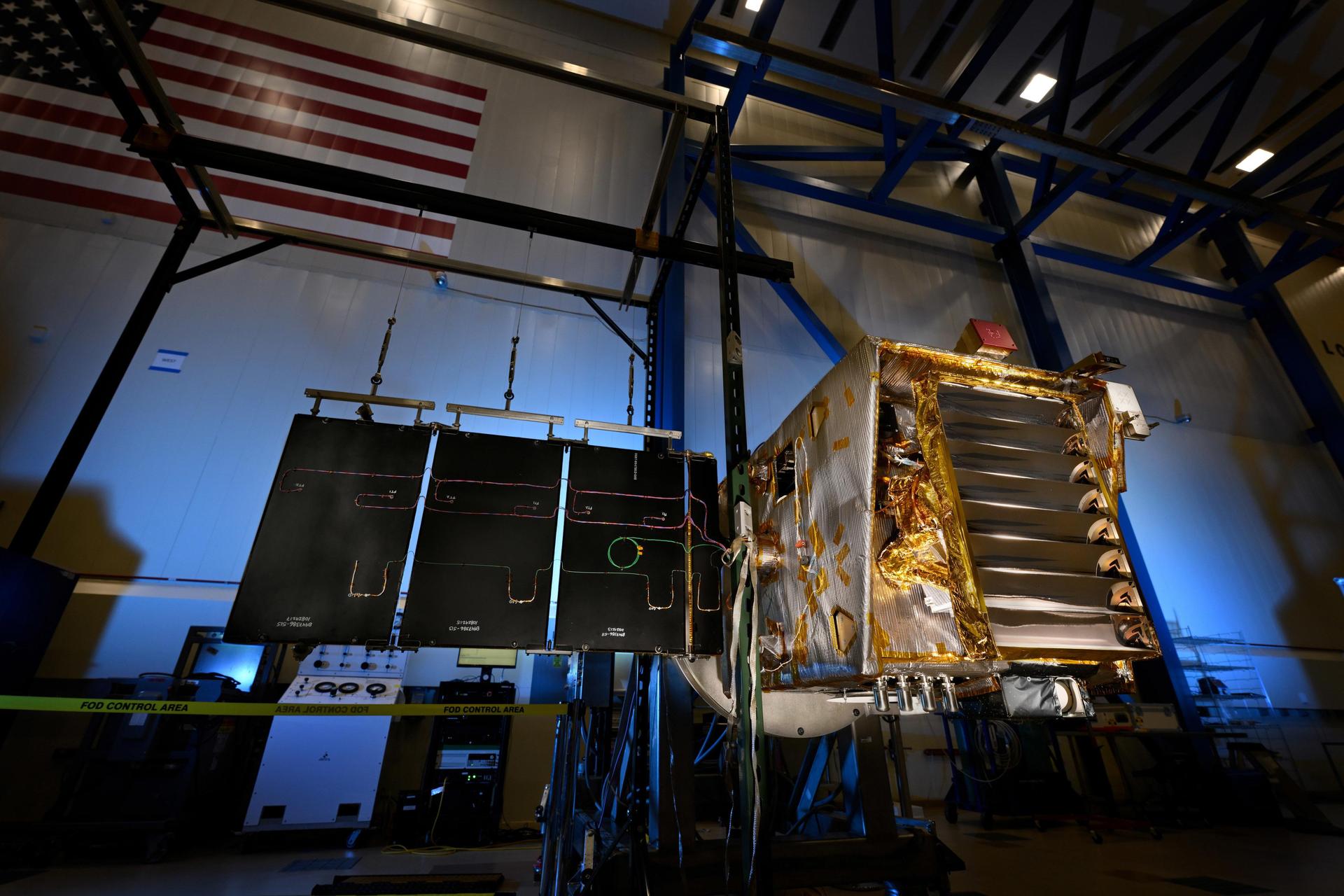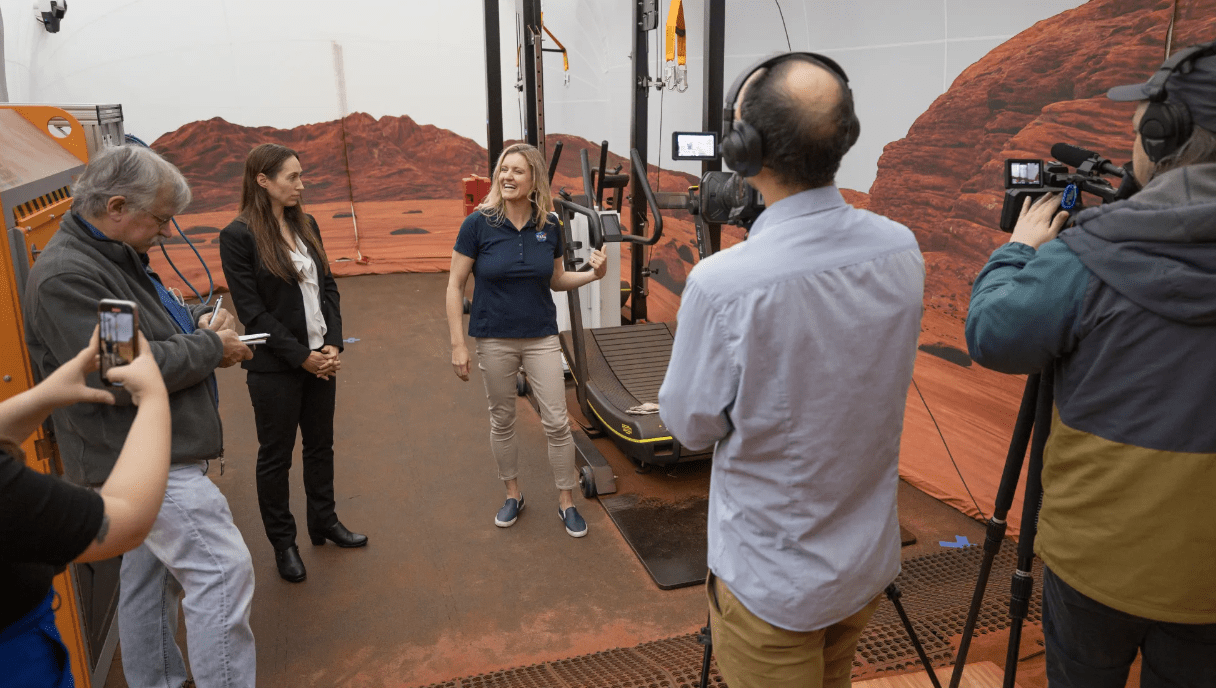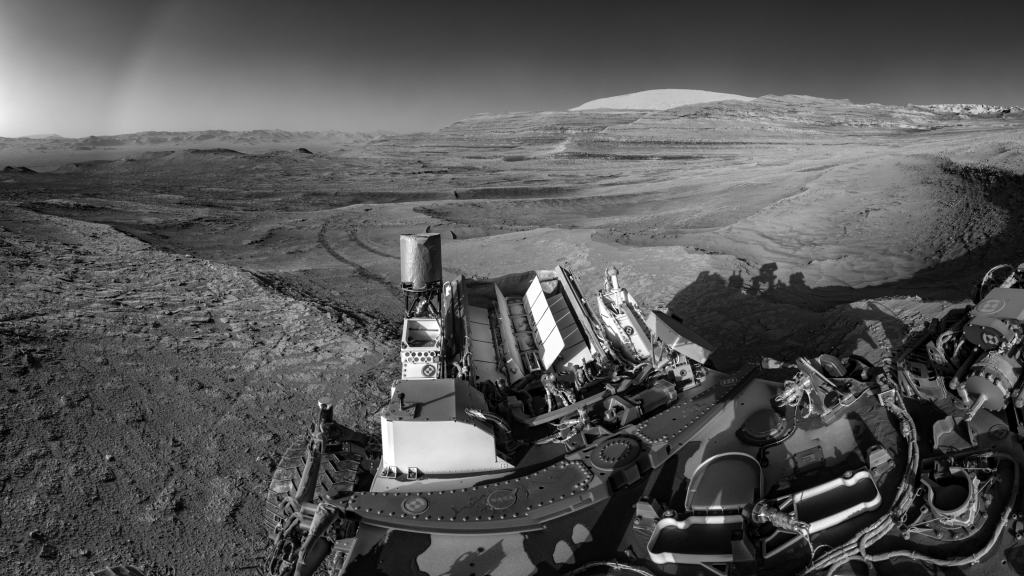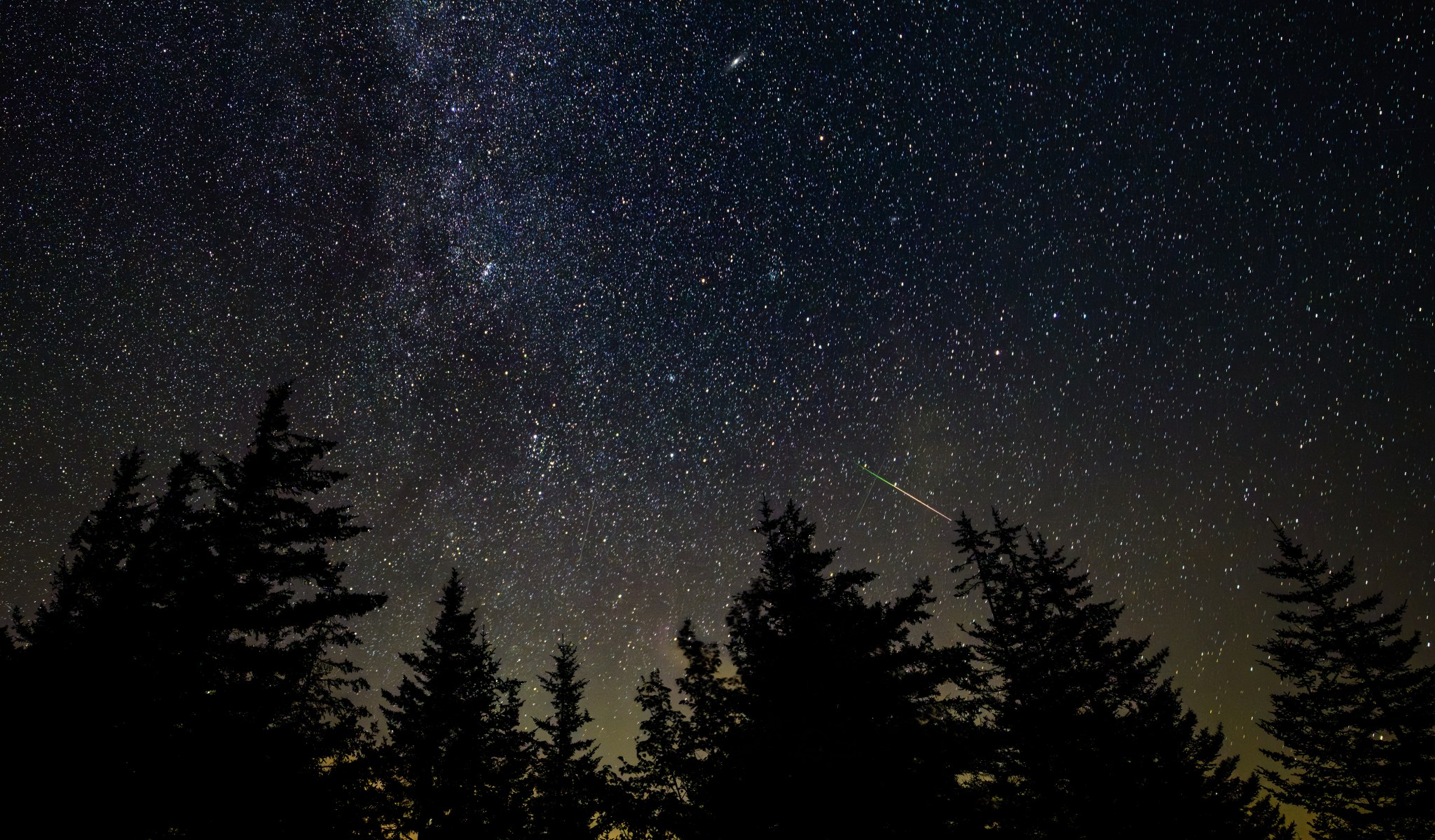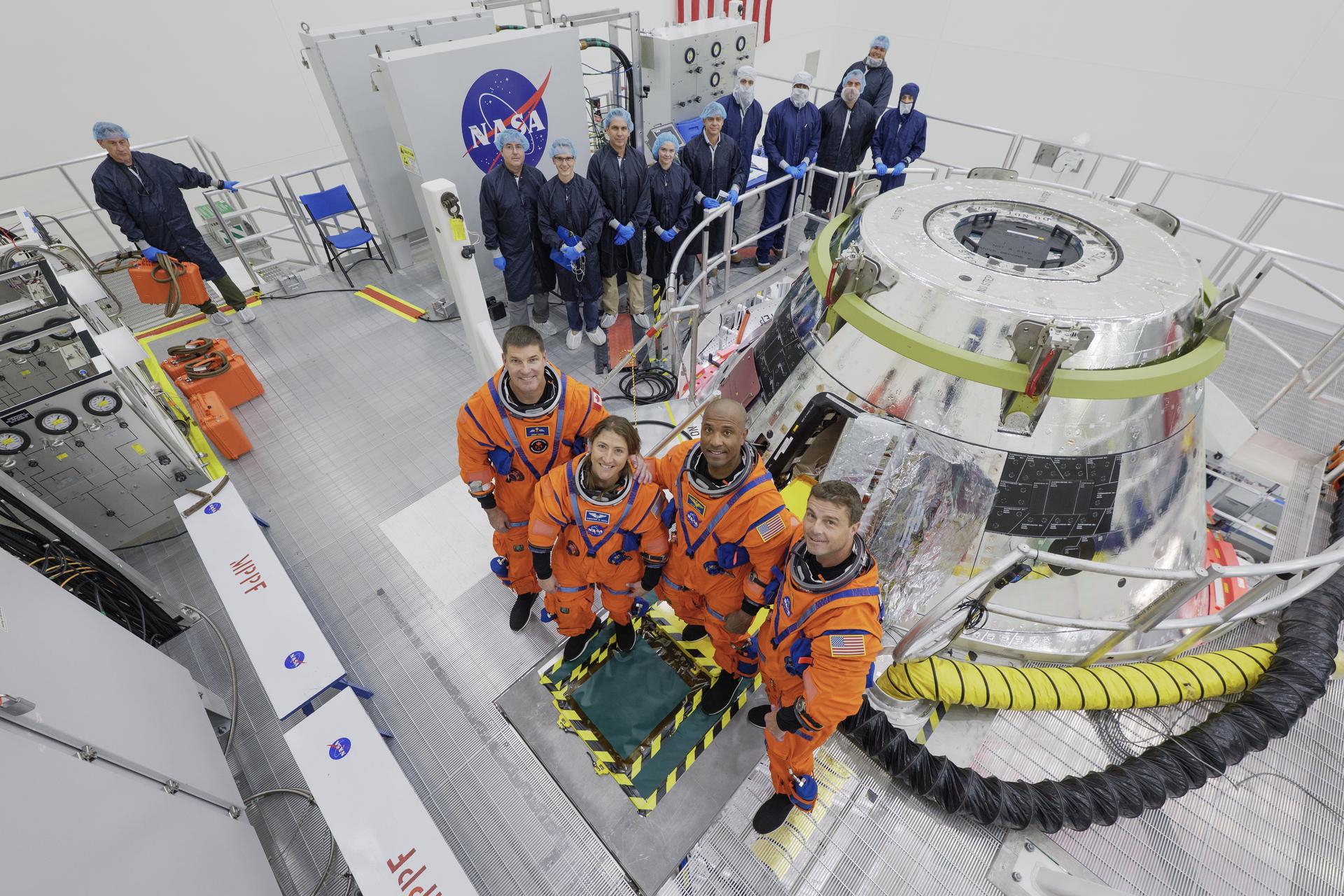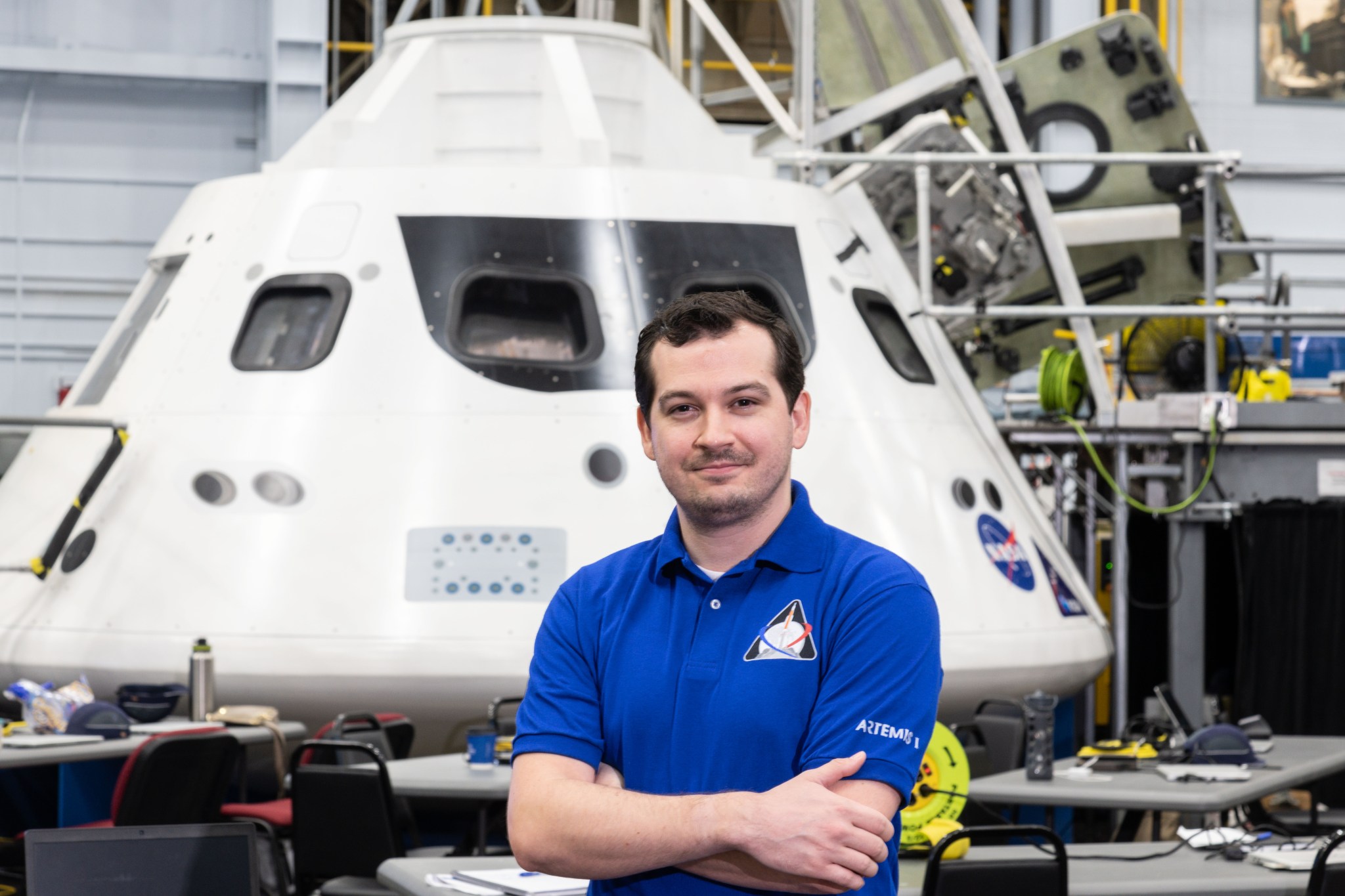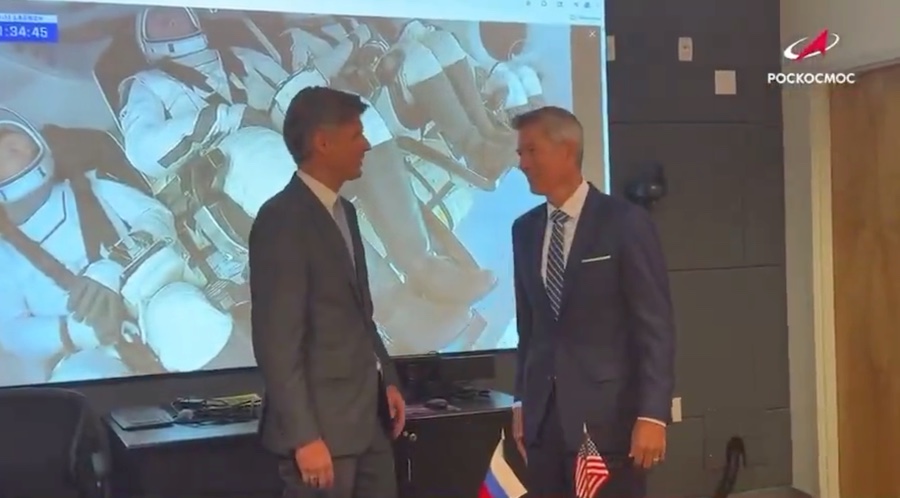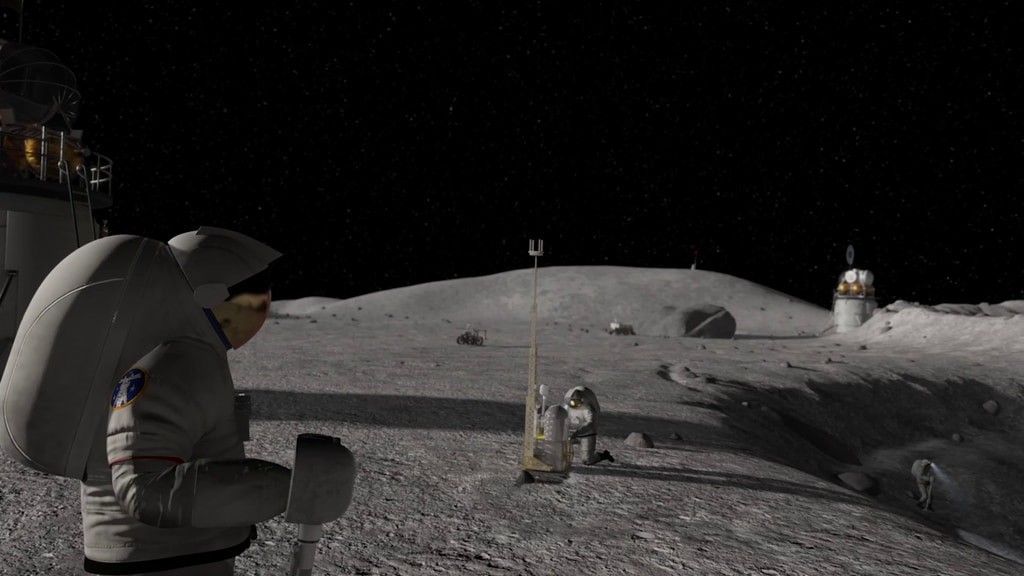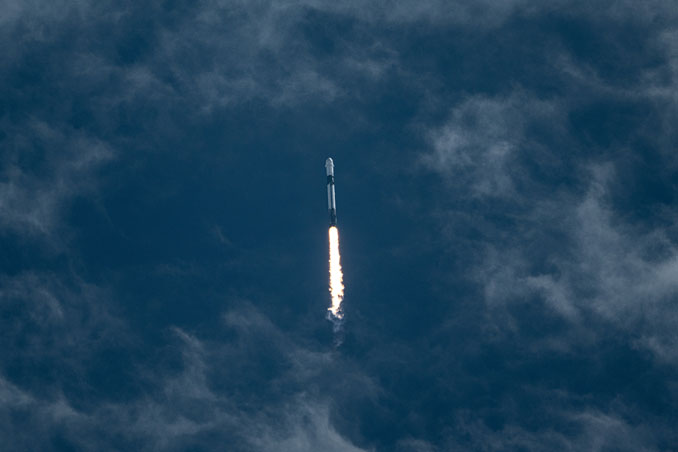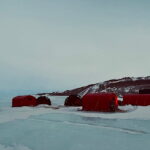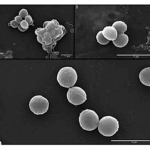With one of its solar arrays deployed, NASA’s Lunar Trailblazer sits in a clean room at Lockheed Martin Space in Colorado during testing in August 2024. The mission was to
nasa56- Page
The Crew Health and Performance Exploration Analog (CHAPEA) team hosts a media day at NASA’s Johnson Space Center in Houston in 2023. Credit: NASA As NASA prepares for its second
5 min read Preparations for Next Moonwalk Simulations Underway (and Underwater) This view of tracks trailing NASA’s Curiosity was captured July 26, 2025, as the rover simultaneously relayed data to
NASA/Bill Ingalls In this 30 second exposure photograph, a meteor streaks across the sky during the annual Perseid and Alpha Capricornids meteor showers, Sunday, Aug. 3, 2025, in Spruce Knob,
The Artemis II crew (from left to right) CSA (Canadian Space Agency) Jeremy Hansen, mission specialist; Christina Koch, mission specialist; Victor Glover, pilot; and Reid Wiseman, commander, don their Orion
Before astronauts venture around the Moon on Artemis II, the agency’s first crewed mission to the Moon since Apollo, Mark Cavanaugh is helping make sure the Orion spacecraft is safe
WASHINGTON — The Russian space agency Roscosmos has hailed the first face-to-face meeting between its leader and the head of NASA in almost seven years while NASA largely ignored the
Explore This Section Science Uncategorized Helio Highlights: July… Home Framework for Heliophysics Education About Helio Big Idea 1.1 Helio Big Idea 1.2 Helio Big Idea 1.3 Helio Big Idea 2.1
Explore This Section Science For Educators NUBE: New Card Game Helps… Overview Learning Resources Science Activation Teams SME Map Opportunities More Science Activation Stories Citizen Science 4 min read
Falcon 9 carrying Crew Dragon Endeavour, dodged storm clouds to launch a new crew to the International Space Station on Aug. 1, 2025. Image: Adam Bernstein/Spaceflight Now. Weather threatened to
-
 012024 in Review: Highlights from NASA in Silicon Valley
012024 in Review: Highlights from NASA in Silicon Valley -
 02Panasonic Leica Summilux DG 15mm f/1.7 ASPH review
02Panasonic Leica Summilux DG 15mm f/1.7 ASPH review -
 03How New NASA, India Earth Satellite NISAR Will See Earth
03How New NASA, India Earth Satellite NISAR Will See Earth -
 04And Thus Begins A New Year For Life On Earth
04And Thus Begins A New Year For Life On Earth -
 05Astronomy Activation Ambassadors: A New Era
05Astronomy Activation Ambassadors: A New Era -
06SpaceX launch surge helps set new global launch record in 2024
-
 07Space Force plans new ‘Futures Command’ amid pressure to speed up modernization
07Space Force plans new ‘Futures Command’ amid pressure to speed up modernization


